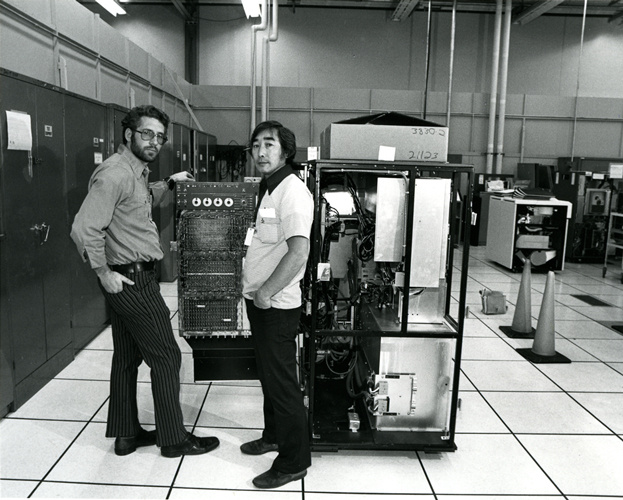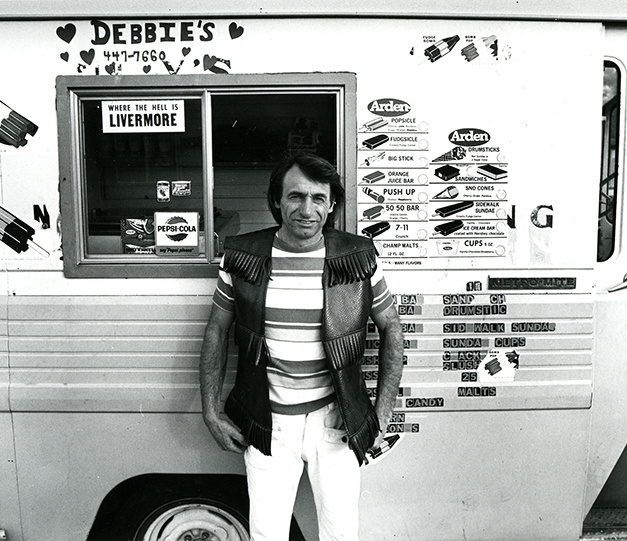“Ordinary folks doing ordinary things”—that is how photographer Bill Owens described his subjects. Like a visual anthropologist, Owens astutely recorded the customs, symbols, and social relationships that characterized American middle-class culture in the 1970s. Owens adopted an air of objectivity that recalls the New Topographics, a generation of photographers such as Lewis Baltz, Robert Adams, and Joel Deal, who portrayed the built environment with detachment.
Owens took up photography after studying auto mechanics at California State University, Sacramento, and serving in the Peace Corps. He landed a job as a photojournalist for the Independent, a local newspaper in Livermore, and on weekends documented his surroundings with the clarity of a true insider. (Born in San Jose in 1938, Owens was raised on the outskirts of Sacramento in the Central Valley.) His subjects were his friends and neighbors who willingly invited him into their homes. He published these images in the now seminal series, “Suburbia” (1972). He went on to create the sequels
“Our Kind of People” (1975) and “Working (I Do It For The Money)” (1976). For the latter project, he took inspiration from headings in the Yellow Pages and documented professions ranging from Accountant to Veterinarian. Although the shag rugs, bouffant hairdos, and wide lapels of the 1970s may seem foreign to viewers today, Owens’s photographs encourage us to reflect on the routines of ordinary life, and to question just how much it has changed— or if it has at all.
This exhibition of works from the permanent collection includes selections from the recent acquisition of 40 photographs given by Robert Harshorn Shimshak and Marion brenner.



